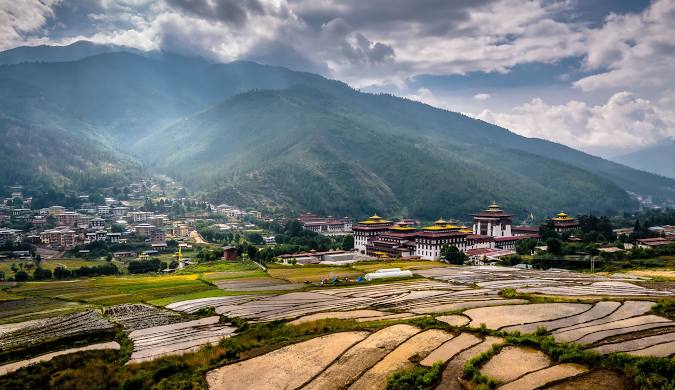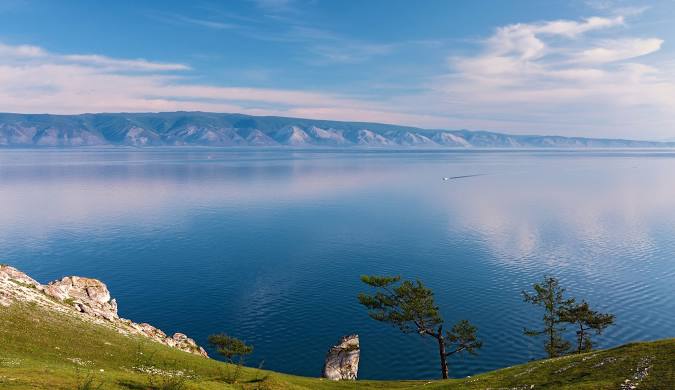Best Time to Visit Bhutan from India: A Complete 2025-2026 Seasonal Guide
Thinking of swapping the city hustle for Himalayan serenity? Bhutan, our stunning next-door neighbor, might just be the answer to your wanderlust dreams. But figuring out the best time to visit Bhutan from India can be the difference between a good trip and a truly magical one. Whether you’re planning a romantic getaway, a family adventure, or a solo journey of discovery, timing your visit right will determine everything from the views you’ll witness to the experiences you’ll treasure forever. Quick Answer: When Should You Go? Travel Goal Best Time Why Choose This Festivals & Perfect Weather Spring (March-May) & Autumn (Sept-Nov) Clear skies, comfortable temperatures, major festivals Budget-Friendly & Peaceful Winter (Dec-Feb) & Monsoon (June-Aug) Lower costs, fewer crowds, unique experiences Photography & Mountain Views Autumn (Sept-Nov) Crystal-clear visibility, stunning landscapes Why Your Travel Month REALLY Matters (The Indian Perspective) Weather Realities You Need to Know Think of Bhutan’s monsoon as an intensified version of what you might experience in the Northeast, making road travel tricky and flights unpredictable. Their winter, however, offers crisp, clear skies—a perfect escape from the winter fog that blankets Northern India. Unlike the scorching Indian summers, Bhutan’s high altitude keeps temperatures pleasant even in peak summer, though the monsoon rains can be quite intense. Festival Fever: The Heart of Bhutanese Culture Bhutanese festivals aren’t just events—they’re the soul of this mystical kingdom. Planning your trip around these colorful celebrations means witnessing centuries-old traditions come alive with masked dances, traditional music, and community gatherings that welcome visitors with open arms. The Money Talk: Permits & Costs Here’s what every Indian traveler needs to know: the Sustainable Development Fee (SDF) is ₹1,200 per night for Indian tourists. While this might seem steep, it includes your visa processing and contributes to Bhutan’s carbon-negative initiatives. Flight and hotel costs can swing dramatically between seasons—autumn prices can be 40-50% higher than winter rates. For the most current permit and SDF information, check the official Bhutan Immigration Services Portal. Bhutan’s Seasons: Your Ultimate Guide Spring (March to May): The Awakening What it Feels Like: Daytime temperatures hover around 15-20°C, perfect for outdoor exploration. Nights can be cool (5-10°C), so pack layers. The valleys burst with rhododendron blooms painting the landscape in vibrant pinks and reds. Top Reasons to Go: Keep in Mind: Packing List for Indians: Summer/Monsoon (June to August): The Green Season What it Feels Like: Temperatures are warm (20-25°C) but humidity is high. Expect heavy rainfall, especially in July. The landscape transforms into a lush green paradise, but mountain views are often obscured by clouds. Top Reasons to Go: Keep in Mind: Packing List for Indians: Autumn (September to November): The Golden Season What it Feels Like: This is Bhutan at its absolute best. Clear, crisp days (15-22°C) offer stunning mountain views, while cool nights (5-12°C) are perfect for cozy evenings. The air is crystal clear, making it photographer’s paradise. Top Reasons to Go: Keep in Mind: Packing List for Indians: Winter (December to February): The Serene Season What it Feels Like: Days are sunny and crisp (10-15°C) with brilliant blue skies, but nights are cold (0-5°C). Higher altitudes may see snow, creating postcard-perfect scenes. Think of it as Kashmir’s winter but with Buddhist culture. Top Reasons to Go: Keep in Mind: Packing List for Indians: The Heart of Bhutan: Festivals & Culture Festival Calendar Highlights Paro Tshechu (Spring – Dates vary annually): Imagine a riot of color and sound at one of Bhutan’s grandest festivals. Monks in elaborate costumes perform sacred cham dances while locals dressed in their finest ghos and kiras create a living tapestry of tradition. Pro-tip: Arrive early to secure a good viewing spot among the locals, and don’t forget to witness the unfurling of the giant thangka at dawn. Thimphu Tshechu (Autumn – Usually September/October): This is the big one! Right in the capital city, you’ll witness spectacular masked dances, traditional music, and the spiritual fervor that defines Bhutan. The festival culminates with the display of a massive silk thangka that’s believed to cleanse sins just by viewing it. Punakha Drubchen (Winter – February/March): A unique festival recreating a 17th-century battle, complete with traditional weapons and costumes. It’s less crowded than the major tshechus but equally authentic. Insider Tip: Consider timing your visit for smaller, local festivals like the Haa Summer Festival or Matsutake Festival in Thimphu. These offer more intimate cultural experiences with fewer crowds and more opportunities to interact with locals. Permits & Getting There from India: Simplified Documents Cheat Sheet Required Documents: For Children Under 18: Important: Aadhaar Card is NOT accepted as a valid travel document for Bhutan entry. The Permit Process, Step-by-Step Online First (Highly Recommended): Applying for your permit online before travel saves hours of waiting at border crossings. Visit the official portal and complete the process 2-3 days before your trip. You’ll receive a permit number that speeds up border formalities significantly. Permit on Arrival: Available at Paro Airport and Phuentsholing land border, but expect queues during peak season. Budget extra time, especially during festivals when border crossings are busier. Beyond Paro & Thimphu: Your initial permit covers only Paro and Thimphu districts. For destinations like Punakha, Wangdue, or eastern Bhutan, you’ll need a separate ‘Route Permit’ from the immigration office in Thimphu. This usually takes 1-2 hours and costs nothing extra. For the most current information, check the Embassy of India in Thimphu’s travel guidelines and the official Bhutan visa portal. How to Reach Bhutan By Air: By Road: Your Trip, Your Way: Sample Itineraries The 5-Day Cultural Whirlwind (Spring/Autumn) Perfect for first-time visitors wanting to experience Bhutan’s highlights without feeling rushed. Day 1: Arrive Paro → Tiger’s Nest Monastery hike → Paro town exploration Day 2: Paro → Thimphu → Weekend Market → Tashichho Dzong Day 3: Thimphu sightseeing → Buddha Dordenma → Memorial Chorten → Traditional crafts Day 4: Thimphu → Punakha → Punakha Dzong → Suspension bridge walk Day 5: Punakha → Paro → Departure Best for: Couples, first-time visitors, those
Best Time to Visit Bhutan from India: A Complete 2025-2026 Seasonal Guide Read More »



